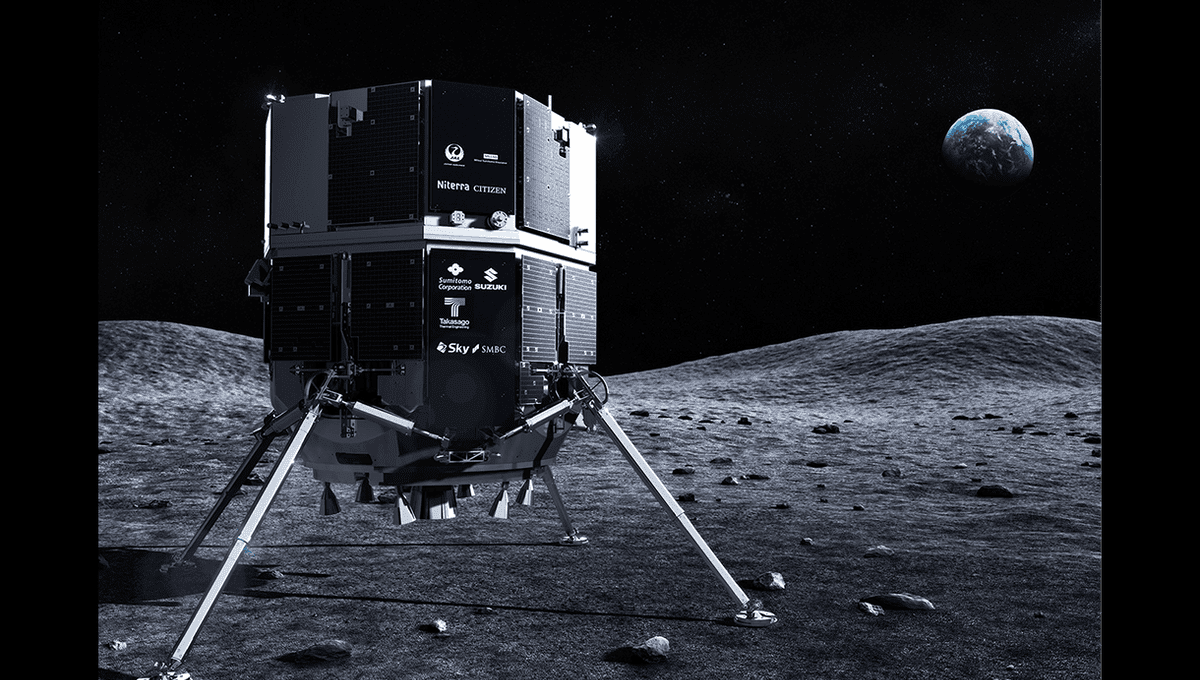
On December 11 last year, the Japanese company ispace launched the Hakuto-R M1 craft aboard a Falcon 9 rocket as part of its mission to become the first non-governmental Moon visitors. Today, they will be attempting a historic landing with the eyes of the world upon them, and you can watch it right here.
Where NASA went to the Moon for national pride and scientific exploration, ispace’s agenda is commercial, although they argue success will benefit everyone. Before they get to that, however, ispace needs to prove they can put robot landers on the lunar surface reliably. Touchdown is scheduled for 4:40 pm UTC today, or 12:40 pm EST. In Japan, it will be a less viewer-friendly 1:40 am on Wednesday. The livestream starts 40 minutes before landing time.
The preferred landing site has been selected as Atlas Crater off Mare Frigoris, however, three alternative sites, with accompanying dates, have been selected.
The idea of private companies exploiting the Moon for commercial gain has plenty of detractors, but ispace argues we all depend on space-based infrastructure and will need more in the future. Even as technological developments reduce launch costs the price to put heavy objects in space will remain substantial.
“By taking advantage of lunar water resources, we can develop the space infrastructure needed to enrich our daily lives on earth, as well as expand our living sphere into space,” ispace writes on its website. “Also, by making the Earth and Moon one system, a new economy with space infrastructure at its core will support human life, making sustainability a reality. This result is our ultimate goal, and our search for water on the Moon is the first step to achieving that goal.”
It took Armstrong, Aldrin, and Collins just four days to get from Earth to the Moon. Hakuto-R, on the other hand, has taken more than four months. It’s easier to go slow when you don’t have to worry about keeping astronauts in food and oxygen, but the time taken also reflects a more fuel-efficient orbit with a gentler approach.
Even if ispace makes it, however, it’s well behind schedule. Back in 2007, the Google Lunar XPRIZE offered $30 million for the first company to land a rover on the Moon and have it travel 500 meters (1,640 feet). ispace was one of 16 competitors, many of which made confident statements about meeting the original 2014 deadline. Despite two extensions the closest anyone has got was a crashlanding by the SpaceIL team in 2019.
If all goes to plan ispace may finally deploy a lunar lander next year. Something to keep in mind when people make big claims about how soon humanity will be setting foot on Mars.
Source Link: How To Watch Today’s Attempt At The First Successful Private Moon Landing